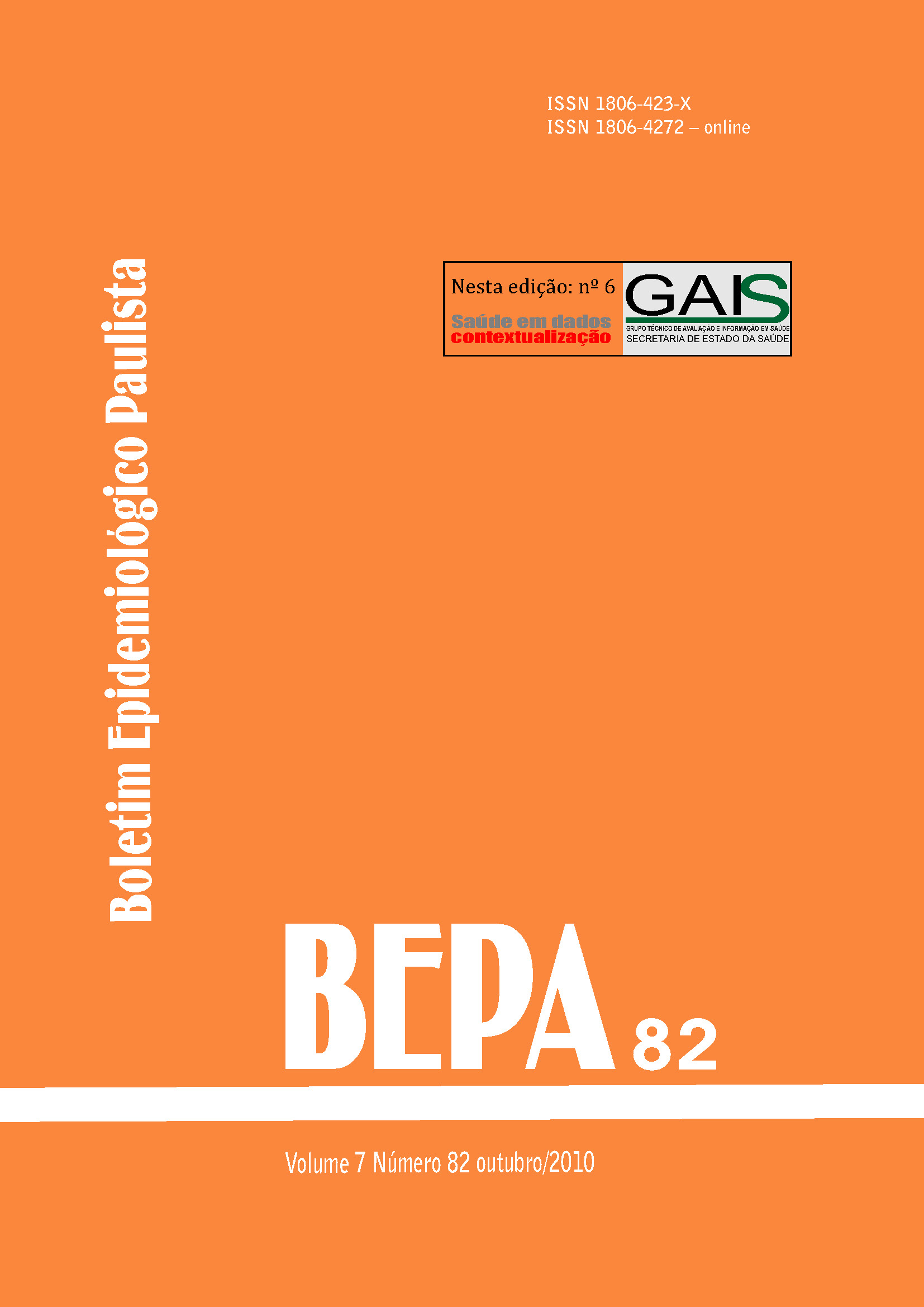Abstract
Medication errors are preventable events that lead to inappropriate medicine use, thus, causing harm to patients' health. Parenteral potassium chloride has been one of the drugs most frequently associated with medication errors that proved fatal to patients, being classified as a high-risk medication. The majority of these errors involve the accidental substitution of the suitable diluent for a potassium chloride solution, when reconstitution of injectable drugs. The aim of this study is to assess the occurrence of possible errors in the reconstitution of drugs in hospitals by determining potassium, and then to suggest safety measures to prevent such errors. The study was carried out with residues of ten reconstituted samples sent by hospitals due to adverse effects in the patients who have received these medications, for the purpose of the identification of drugs and dosage of potassium, due to a suspicion of potassium chloride being mistakenly used as their diluent. The results were that a total of 4 samples have shown potassium values that were compatible with a solution of potassium chloride 19,1%, confirming that there has been error the use of potassium chloride as a diluent, which may have resulted in the deaths listed in the medical reports; 4 samples have shown potassium values that were considered normal; and 2 samples have shown inconclusive results. The safety measures proposed recommend that the type and volume of the diluent to be used in the drug reconstitution should be specified on the label; that there be a simultaneous dispensing of medications and diluent, previously reconstituted or fractionated (single dose); and that the nursing team supervise the process of drug reconstitution and/or dilution and the maintenaince of the potassium chloride solution in a safe and restricted place, thus reducing the number of occurrences.
References
Erros de medicação e as atitudes do farmacêutico. Rev Eletrônica Farmácia [periódico na internet]. 2006 maio [acesso em 4 de jan 2007]; Disponível em: http://www.crfmg.org.br http://www.bvs-sp.fsp.usp.br:8080/html/ pt/paginas/guia/i_anexo.htm.
Cassiani SHB. A segurança do paciente e o paradoxo no uso de medicamentos. Rev Bras Enferm. 2005;58(1):95-9.
Federico F. Preventing harm from high-alert medication. Jt Comm J Qual Patient Saf. 2007;33(9):537-42.
Rosa MB, Perini E, Anacleto TA, Neiva HM, Bogutchi T. Erros na prescrição hospitalar de medicamentos potencialmente perigosos. Rev Saúde Pública. 2009;43(3):490-8.
Stephenson T. The national Patient Safety Agency. Arch Dis Child. 2005;90:226-8 [acesso em 4 jan 2007]. Disponível: http://www.bmjjournals.com/cgi/ reprintform.
Brasil. Ministério da Saúde. Secretaria de Ciência, Tecnologia e Insumos Estratégicos. Departamento de Assistência Farmacêutica e Insumos Estratégicos. Formulário terapêutico nacional 2008: Rename. Brasília: Ministério da Saúde, 2008.
Sweetman SC, editor. Martindale: the complete drug reference. London: Pharmaceutical Press; 2005. p. 1219, 32.
Beers MH, editor. The Merck Manual of Medical Information. Hahway: Merck; 1997. p. 670-1.
Cerqueira MCM. Equilíbrio hidroelétrico e energético. In: Zanini AC, Oga S. Farmacologia aplicada. 5 ed. São Paulo: Atheneu; 1994. p. 242-3.
Reeve JF, Allison MY, Stevens A. Hig-risk medication alert: intravenous potassium chloride. Astralian Prescriber; 2005; 28(1):14-5.
United State Pharmacopeia 28. ed. Rockville: United State Pharmacopeial Conventions;2005. p.1425, p.417, p.153, p.1487, p.960.
Brasil. Ministério da Saúde. Secretaria de Vigilância em Saúde. Agência Nacional de Vigilância Sanitária. Resolução da Diretoria Colegiada n. 333, de 19 de novembro de 2003. Dispõe sobre rotulagem de medicamentos e outras providências. Diário Oficial da República Federativa do Brasil. Brasília, DF, p. 94-107, 21 de dez. 2003. Seção 1.

This work is licensed under a Creative Commons Attribution 4.0 International License.
Copyright (c) 2011 Blanca Elena Ortega Markman, Maria Regina Walter Koschtschak, Emerson da Silva Oliveira, Carmen Silvia Kira, Roberta Fiusa Magnelli
